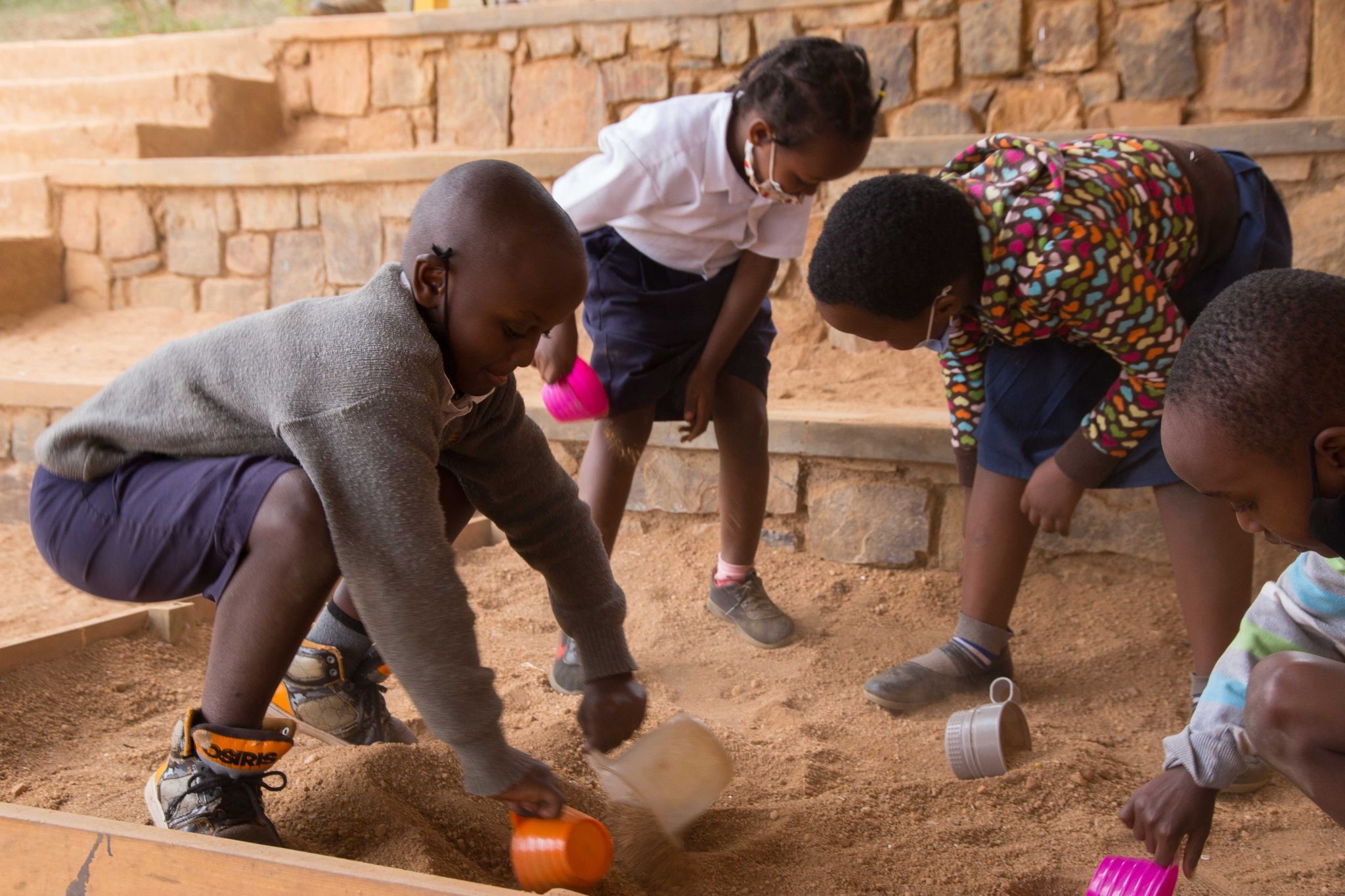UNIT 8: Overview
Gender
In the Competence Based Curriculum, gender is defined and explained in the following way:
“Gender refers to the socio-cultural definition of man and woman; the way societies distinguish men and women and assign them social roles. It entails the behaviours and attitudes which are culturally accepted as appropriate ways of being a woman (femininity) and ways of being a man (masculinity). The sex of a person is biologically determined, whereas ways of being a man or a woman are learned: they are constructed, reinforced, maintained and reconstructed over time through social and cultural practices. Such constructions of gender vary across cultures, social class and time.”
All children, girls and boys, have the right to go to school in Rwanda. However, research shows that girls in Rwanda (and in other countries) face many challenges, both at home and in the wider community, to be able to go to school.
Many girls fail to receive equal access to the same education that most boys have. Even when girls are in the classroom, they may face bias and exclusion. Why is this?Reflection
Reflect on your own experiences related to gender and then how you transmit your values/attitudes about gender in the classroom.
Transmitting our own ideas without realising is called unconscious bias. It is normal and everyone does it. However, as teachers we have an important responsibility to understand our own biases and ensure that we are not replicating them in our learners.

Can you think of an example when you did not agree with something a teacher said about a boy or a girl? Can you think of an example when someone has challenged your own ideas about gender and made you think about it differently?
In many cases, teachers themselves are not aware that their actions and behaviour can have a negative impact on the female students. For example, the teacher may regularly ask more boys to answer questions or give feedback on a task than girls or ask boys to carry heavy furniture in the classroom whilst asking girls to sweep the floor. Without reflecting on and noticing this, the teacher may not change their behaviour.
When girls have less chance to speak up in class and show their learning, this is a form of exclusion or segregation. It can also indicate (to them) that the teacher doesn’t value them, or their voices, as much as the male students. As girls continue to struggle to achieve gender equality at school, this will impact negatively on their lives as women.
In a gender balanced classroom, the teacher should:
- Value boys and girls equally and evenly
- Assign roles regardless of gender e.g., cleaning the classroom, being class monitor: have one male and one female monitor with equal responsibilities
- Take questions and answers from an equal number of boys and girls
- Choose an equal number of boys and girls to be volunteers in class
- Be aware of biological needs e.g. girls who are menstruating, and provide support for this so it doesn’t interfere with their education, such as provision of a girls’ room
- Be aware of students’ attendance and progress, taking into account gender in order to address any gender differences that may exist
- Encourage girls and boys to interact in a gender-balanced way
- Support girls and boys to develop ideas that are free from gender stereotyping
- Support learners with challenging home lives e.g. where a student is taking care of younger siblings or doing paid work
- Provide positive role models for boys and girls e.g. people in society who are successful and defy gender stereotypes such as a successful female engineer, a successful male nurse.
